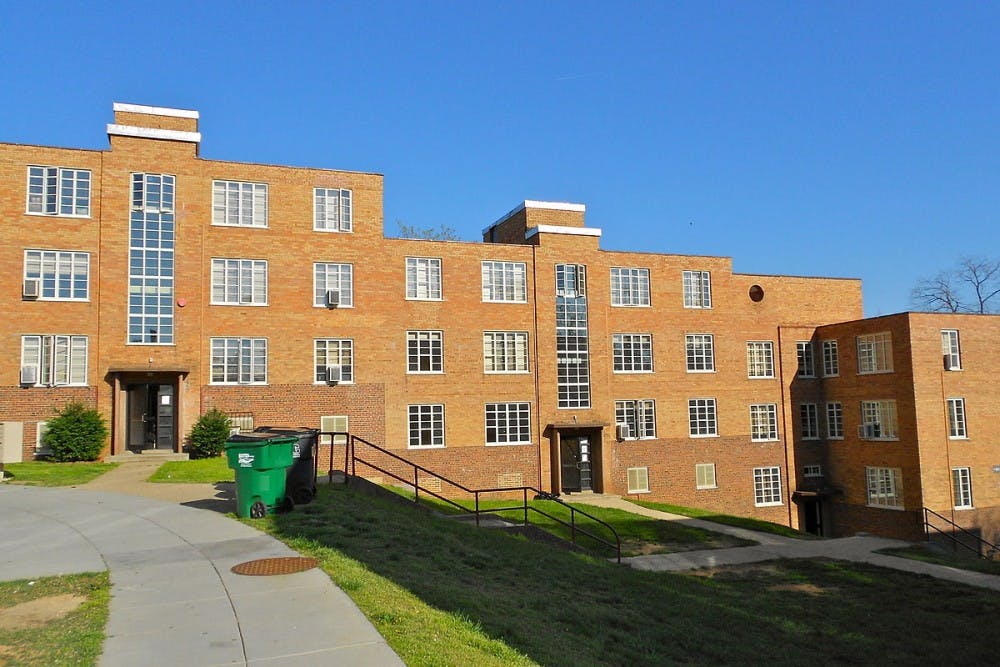Planning and managing viable public housing options poses significant challenges for municipal governments in Virginia and across the country. Most notably, Newport News, Va. and Norfolk, Va. epitomize the problems which current public housing options present, as well as opportunities for policymakers and municipalities for effective urban development and planning. Mixed-income development should remain at the forefront of redevelopment efforts for places like Newport News and Norfolk because this model serves the entire citizenry of the city and address key issues related to current public housing models.
In Newport News, much of the public housing in the city is concentrated on the East End of the city, an area known for crime, poverty, food insecurity and violence related to drug and gang activity. Unfortunately, concentrating the bulk of public housing in the East End has effectively segregated the city, with approximately 90 percent of East End residents being black, even though blacks make up less than 40 percent of the entire population of Newport News.
The current model of concentrated public housing poses two major problems for communities and residents. Firstly, such concentration often leads to increases in crime rates, as seen in Newport News, but also in cities like Chicago and Oakland. Secondly, such conditions reinforce and perpetuate cycles of crime and poverty among affected populations.
St. Paul’s quadrant in Norfolk presents a unique opportunity to the city. It is a 113-acre parcel in in the middle of the city, within walking distance to many of Downtown Norfolk’s entertainment venues like the Scope and Chrysler Hall. Currently outdated public housing projects — such as Tidewater Park — occupy the majority of St. Paul’s quadrant which follows a housing model popular in the mid-20th century but has shown to be ineffective, as it concentrates and isolates low-income residents. The way forward with public housing is incorporating a mixed-income element into redevelopment efforts, which incorporates planning public and residential spaces that are inclusive and attractive to people of diverse socioeconomic backgrounds. St. Paul’s quadrant and the East End of Newport News present opportunities to municipal leaders to revitalize economically stagnant areas that better serve the entire community. This is crucial to offset the trend of the creation of pockets of economic depression and violent crime within a city. In many cases, public housing projects are physically fenced-off from the surrounding urban fabric — residents engage little in the greater community and create unnecessary barriers.
Although mixed-income developments are different for every site, they generally include several consistent traits. Planners and developers account for differences in needs between people of different income levels and family sizes when designing housing options, which often take the form of apartments, townhouses and single-family homes. Additionally, mixed-income development entails that certain housing options will be available for rent and for sale, and that certain options will be set aside for low-income residents for a certain period of time. Opponents often argue that mixed-income housing development efforts often lead to fewer public housing options for those who need them. When considering mixed-income development as a benefit for low-income residents, it is vital that low-income residents are not simply displaced to other high-crime public housing facilities. Additionally, opponents argue that mixed-income housing developments are a guise for state-funded gentrification, one of the most controversial topics related to urban redevelopment.
However, the current model of concentrated public housing developments in Newport News and Norfolk which isolates its residents does not work. Because of poor planning and ineffective housing policies, there are entire sections of Newport News which provide little economic opportunities for its residents and exposes them to high amounts of gang-related activity and violent crime. Although Newport News is one of the most diverse cities in America, its neighborhoods remain highly racially segregated. According to Lawrence Vail, an urban studies professor at the Massachusetts Institute of Technology, mixed-income housing allows for "finding enhanced security, increased investment in the surrounding neighborhoods and higher expectations for the management when they have the pressure of people putting more of their own money into payments.” With the dispersal of crime and poverty, cities will work better for the majority of citizens.
Thomas Ferguson is a Viewpoint writer for The Cavalier Daily. He can be reached at opinion@cavalierdaily.com.





